Ancient stone tools reshape how we think garments formed.
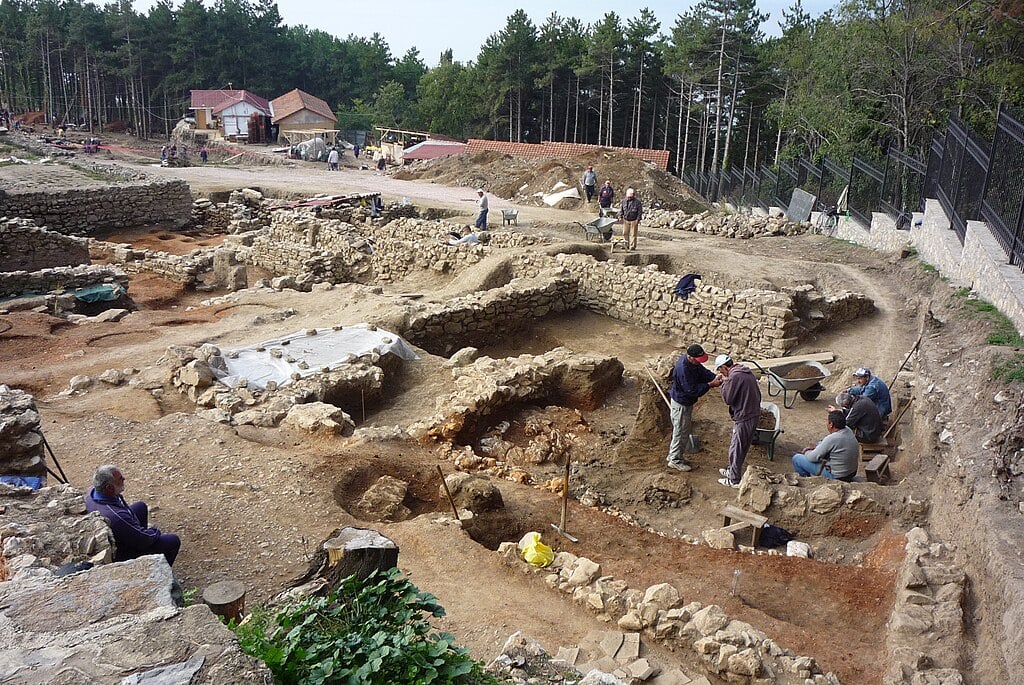
Archaeologists excavating near Lake Xiada Co in western Tibet uncovered six stone artifacts that may push the origins of sewing back thousands of years earlier than expected. The tools, identified as carefully ground and perforated stone needles, date to around 9,000 years ago and represent a leap in Ice Age human adaptation at high altitudes. Their discovery reveals that prehistoric Tibetans were not only surviving in one of the planet’s harshest environments but innovating advanced toolmaking to create clothing and shelter.
These ancient needles challenge long-held assumptions about where and when tailored clothing evolved, expanding the map of early innovation far beyond lowland civilizations.
1. The needles were discovered near Lake Xiada Co.
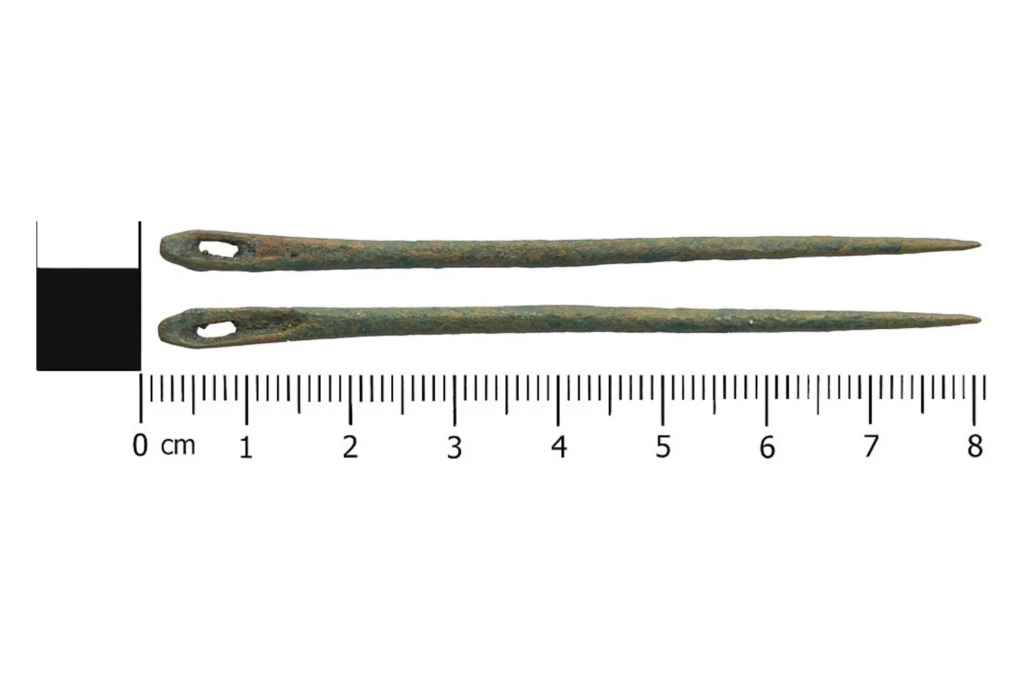
During a 2020 excavation along the western shore of Lake Xiada Co, researchers from the Institute of Vertebrate Paleontology and Paleoanthropology found six elongated tools with sharpened points and tiny drilled holes. The setting, located over 14,000 feet above sea level, offered freezing temperatures that preserved artifacts exceptionally well. Microscopic analysis revealed abrasion lines, indicating grinding rather than chipping. This technique marks a deliberate manufacturing process, distinct from simple flake tools used elsewhere during the period.
The find site lies in a region where glacial winds and limited vegetation made clothing and portable shelters essential. Discovering sewing tools there shows how early inhabitants met environmental challenges with innovation and craftsmanship.
2. Radiocarbon dating places them at about 9,000 years old.
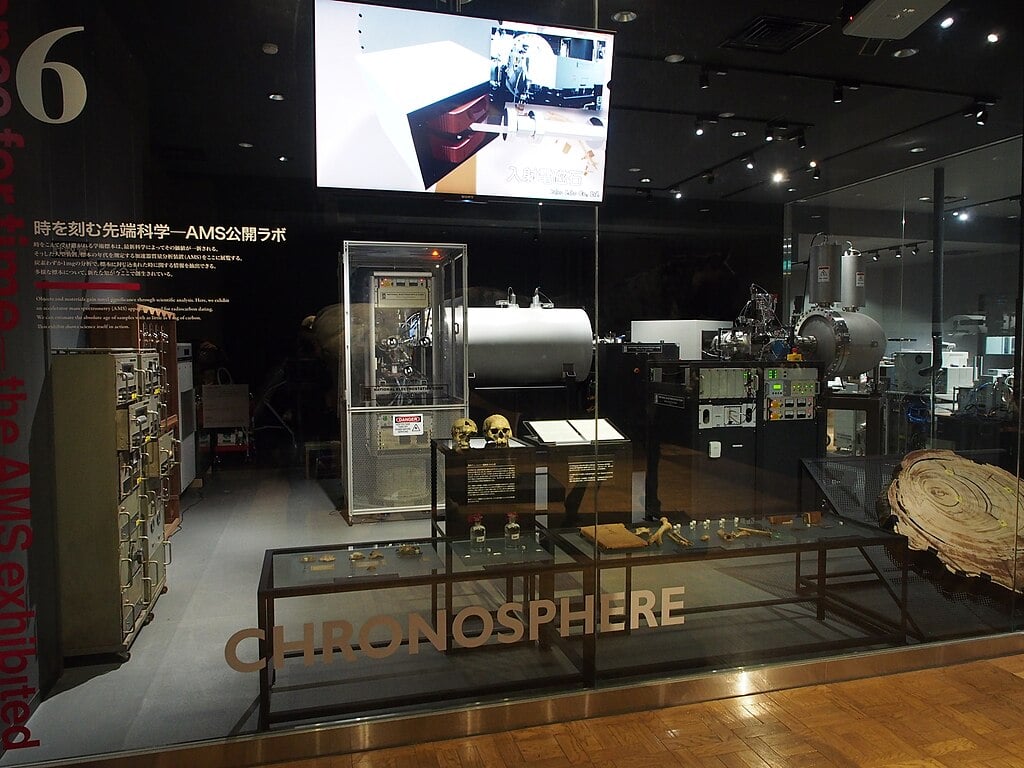
According to researchers analyzing nearby charcoal and bone fragments, radiocarbon results place the artifacts between 7,000 and 9,000 years before present. Those calibrated ages align with the Early Holocene, when humans were spreading across high-altitude Asia. The dating confidence is strengthened by multiple materials sampled within the same layer, reducing the likelihood of contamination or displacement. These results make the Xiada Co needles some of the oldest known sewing tools in Asia, rivaling examples from Siberia and northern Europe.
The timeline expands our understanding of cultural adaptation during the post-glacial era. It demonstrates that advanced clothing technologies were emerging independently in extreme environments earlier than once believed.
3. These may be the world’s earliest ground stone needles.
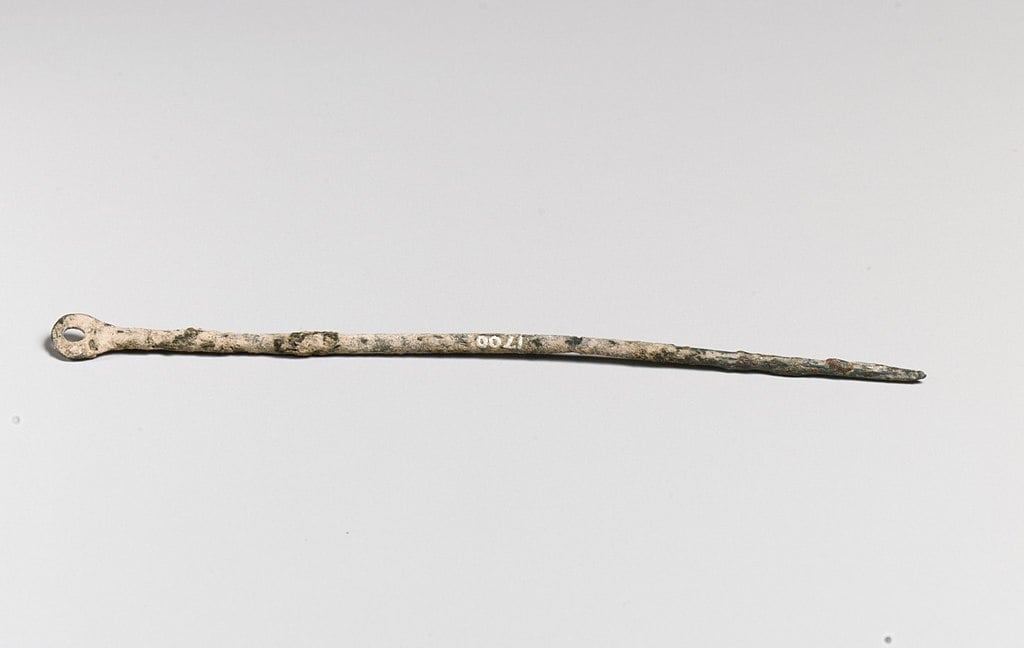
The Xiada Co artifacts differ from bone or ivory needles found in other Ice Age contexts because they were shaped by grinding and drilling. This technique required extraordinary precision and endurance, as stated by the study published in the Journal of Archaeological Science Reports. Stone’s hardness made it far more difficult to pierce and polish, meaning each needle likely took hours to complete. Their symmetry and smoothed surfaces indicate deliberate artistry and functional purpose.
Recognizing these as ground stone tools elevates their importance globally. They reveal a technical and aesthetic sophistication that predates complex textile evidence elsewhere, redefining what “early fashion technology” truly means in prehistory.
4. Some experts question whether they were actually sewing tools.
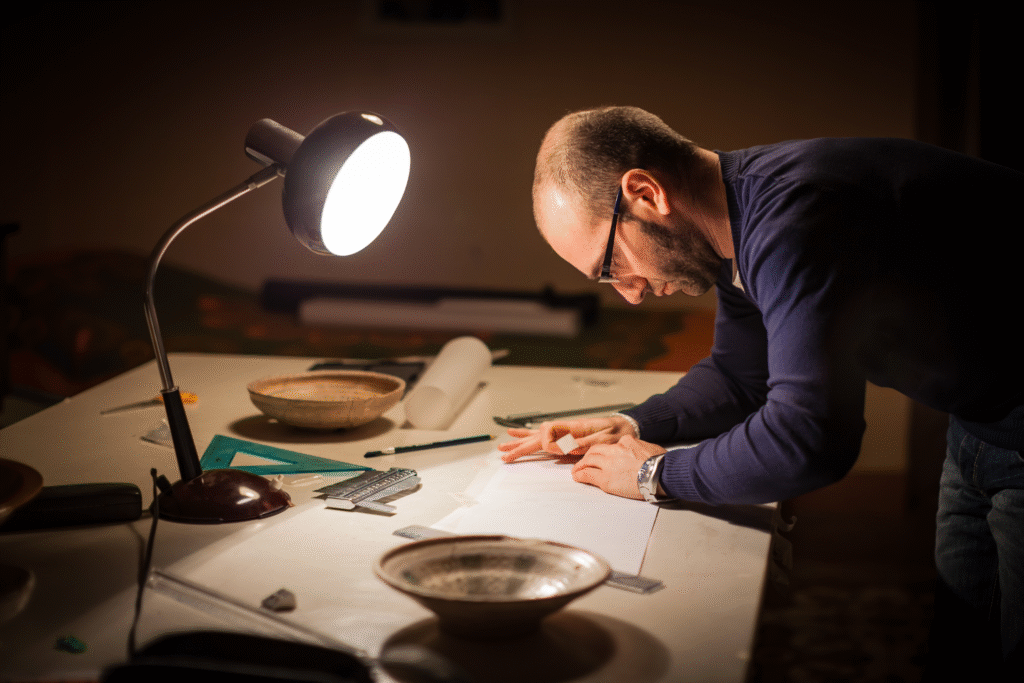
Not all archaeologists agree on their function. Critics suggest the items may have been ceremonial objects, decorative pins, or awls used for punching holes rather than stitching. The tips appear slightly blunt, and the perforations irregular in diameter. Functional microwear analysis is ongoing to test whether friction patterns match those of sewing implements or stationary ornaments. The debate illustrates how functional interpretation in archaeology can shift as new methods refine evidence.
Regardless of the outcome, the craftsmanship alone signals an advanced understanding of tool creation. Whether symbolic or practical, these slender artifacts capture an era when human ingenuity met environmental necessity in elegant form.
5. Their materials include tremolite, serpentine, and actinolite stone.
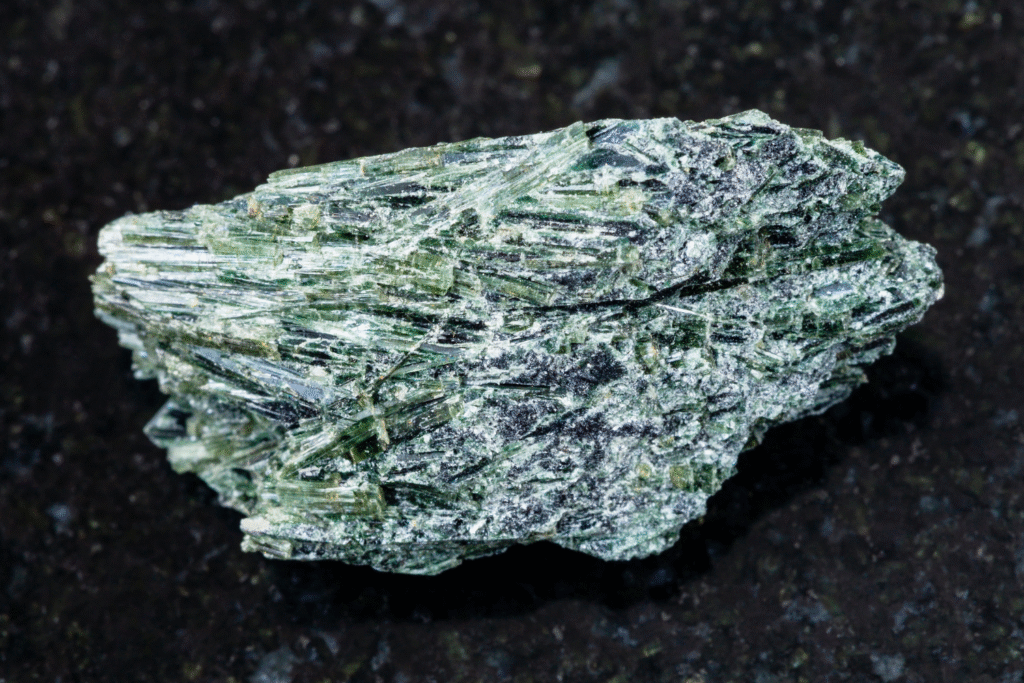
Geochemical analysis revealed that artisans selected metamorphic rocks such as tremolite and serpentine, prized for their durability and smooth finish after grinding. Working such minerals required specialized knowledge, including identifying raw stone sources, shaping with abrasive sands, and drilling under controlled pressure to avoid cracking. The selection of high-strength material suggests the tools were designed to last and endure repetitive use on thick hides or woven fibers.
The stones’ resilience also speaks to the importance of these items. A needle made from such hard material implies value beyond utility—possibly an heirloom object maintained carefully across generations of high-altitude settlers.
6. They may have been used to stitch animal hides.
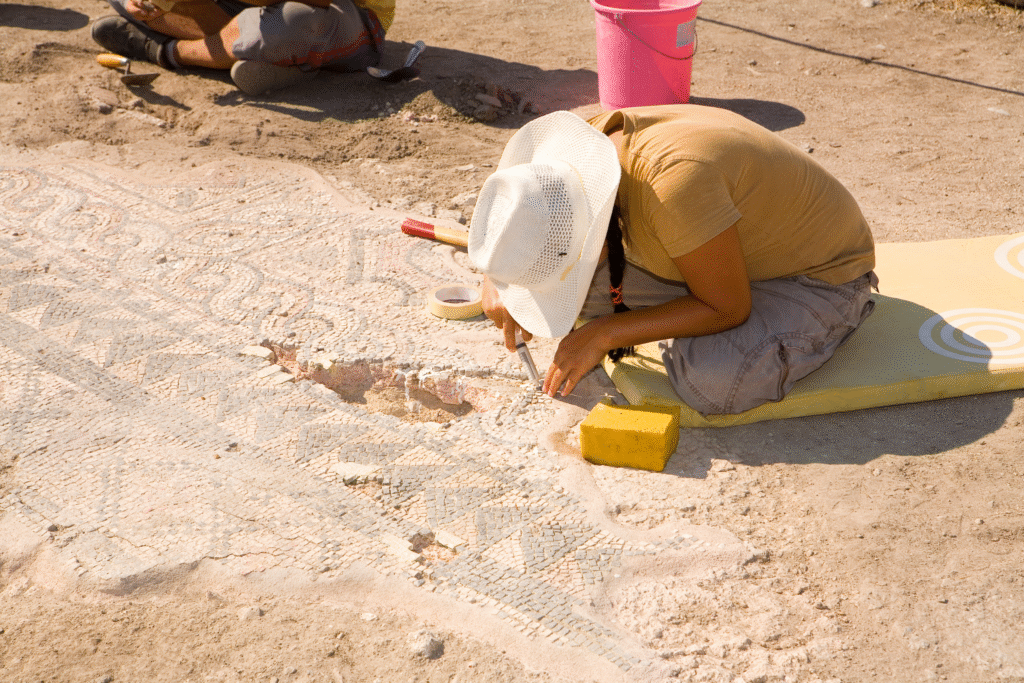
Given their robust design and sharp tapering, researchers infer that these needles were ideal for piercing thick animal hides or felted fibers rather than delicate fabrics. In the harsh climate of post-glacial Tibet, tailored garments made from hides would have been essential for survival. Stitching seams would prevent heat loss and enable movement through freezing winds. Traces of red ochre on some surfaces hint that hides might have been decorated, dyed, or treated for waterproofing.
If confirmed, these tools represent the earliest evidence of tailored clothing at extreme elevation. They reveal how innovation in sewing paralleled humanity’s broader quest to inhabit hostile frontiers.
7. Pigment traces may show ritual or aesthetic purpose.

Chemical analysis identified faint red pigment residues—likely ochre—on several needle fragments. Ochre has long been associated with symbolic behavior, used for body decoration, ritual, and art. Its presence on utilitarian tools suggests a merging of function and identity: these may have been cherished personal possessions or objects used in ceremonial contexts before practical use. Symbolic decoration on tools reveals an emotional or cultural dimension beyond survival.
That blend of art and function hints at how Ice Age people infused meaning into daily life. Even amid cold hardship, they expressed beauty, individuality, and connection through their crafted instruments.
8. Their discovery redefines early high-altitude human adaptation.
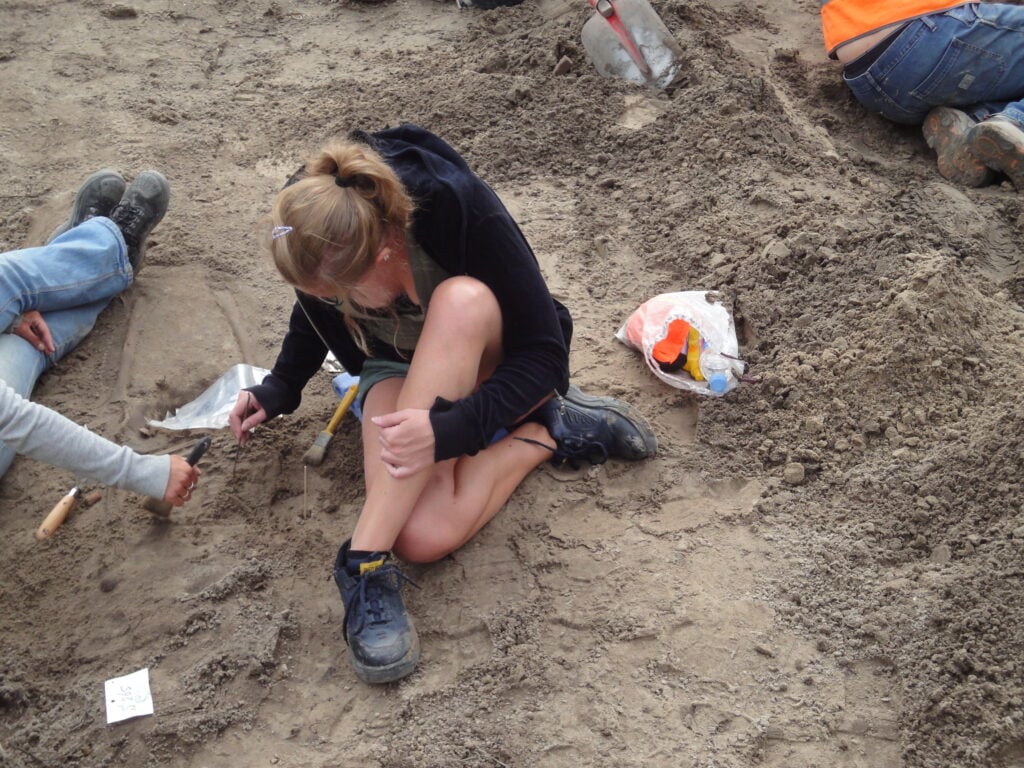
Until recently, scientists doubted that humans developed complex technologies at such extreme altitudes so early. Finding precision tools like needles at 14,000 feet overturns that assumption. These artifacts imply that communities not only occupied Tibet but thrived there, refining technologies specifically for alpine survival. The ability to sew hides into fitted garments or shelters was likely a cornerstone of that success.
This realization reframes human resilience as more than endurance—it demonstrates ingenuity tailored to every environment. Adaptation, creativity, and culture advanced together on the world’s rooftop nearly 9,000 years ago.
9. The site hints at broader regional craftsmanship networks.

Raw material sources near Lake Xiada Co appear limited, suggesting some stones were transported or traded from other regions. That implies networks of exchange and specialized craftsmanship within early plateau societies. Skilled artisans might have shared grinding techniques or exchanged finished tools across valleys, spreading innovation.
Trade of specialized items would foster cultural bonds and regional knowledge transfer. The idea that intricate sewing tools circulated across highlands indicates an economy of skill and connection rather than isolation in the prehistoric Tibetan world.
10. These findings transform our view of prehistoric clothing.

The Xiada Co needles point to a world where clothing was engineered, not improvised. People 9,000 years ago were shaping materials to suit their environment, combining protection with expression. This technological leap narrows the gap between survival gear and cultural art, reminding us that invention and identity evolved hand in hand.
As new discoveries refine dating and function, these tiny tools remain powerful symbols of human adaptability. They prove that even in a frozen landscape, our ancestors found ways to merge utility, creativity, and meaning through the simple yet revolutionary act of sewing.
